VuWall Technology Inc.
Discover VuWall's world-class video wall solutions, which work seamlessly with G&D's high-performance KVM systems to enable maximum flexibility, security, and efficiency in control rooms.
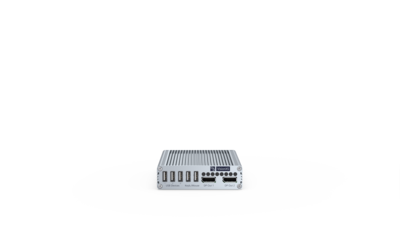
KVM extenders let you extend computer signals over IP or dedicated cables. This allows you to operate a computer from a workplace up to 10,000 meters away. Using KVM, you can easily separate computers and users to make your workplace more ergonomic and increase the security of your IT infrastructure. The systems consist of a computer module (CPU) and a console module (CON).
Electrical signals become weaker as distance increases. Simple cables such as those from a mouse, keyboard and monitor can only transmit your signals over a few meters without interference. The KVM extender (keyboard, video, mouse) serves you to extend the transmission of the signal.
The extender enables KVM control over long distances. Keyboard, mouse and monitor do not have to be in the same room as the computer - not even in the same building. Computer and user can be separated over long distances.
To control one or more computers remotely, you need a KVM switch in addition to the KVM extender. The KVM switch allows you to control multiple computers from just one workplace.
Even large amounts of data such as video signals can be transferred among the connected computers with a PC extender without any loss of quality. This makes the use of KVM systems in demand: air traffic control, broadcast applications, oil and gas industry, energy process control and industrial automation are examples of effective use.
If you are working with complex IT infrastructures, a KVM matrix system is suitable. The system consists of a central module, a computer module (CPU) and a workplace module (CON).
Because you don't need physical access to the servers to manage or maintain them, a KVM extender can increase the security of a data center. In addition, the use of KVM extenders can improve work efficiency in your organization. The technology can save time and money when maintaining and managing servers.
KVM extenders can transmit different types of signals for you:
Keyboard and mouse signals
Video signals: VGA, DVI, HMDI, DisplayPort
audio signals: digital and analog
transparent USB signals
serial formats (e.g. RS232)
In most cases, a KVM extension uses a CATx cable or a fiber optic cable (or optical fiber) for longer distances as transmission media. The type of transmission is dedicated or via IP structures (KVM-over-IP).
If you use an existing IP network (layer 3) for your own KVM system, you can ensure connectivity over long distances. Based on this usage, you extend the existing LAN infrastructure
For an even greater signal range than that of CATx cable, fiber optic cable is best. But in comparison, the range over IP networks is unlimited.
Signals can be transmitted through the KVM extender in a high bandwidth by means of fiber optics. As a carrier medium, fiber proves to be less prone to errors. Such a cable is resistant to external interference.
A CATx cable offers you the cheapest option to transmit video signals in Ultra HD, 4K or 8K. While the CATx cable cannot transmit data as far as the other carrier media, despite the KVM extender, it is a cost-effective choice.
G&D provides a number of other features for your staff to operate the KVM systems. Functions such as CrossDisplay switching, the push-get function, or scenario switching can make your work processes easier.
But a KVM extender can do more than just help you facilitate cross-industry communications. The location-independent control of outsourced computers and servers can also improve the working atmosphere.
If you need a lot of processing power, your computers can get noisy and very warm. An example is video editing, which requires a lot of power. The person editing the video doesn't have to be in the same room as the editing computer.
Thus, with the help of a KVM extender, your employees can work undisturbed, much more relaxed and concentrated. Due to its high performance, a KVM extender can transmit 4K or even 8K signals without an interruption.
Depending on the industry you're in, however, you don't just need high and fast data transfer rates. With your own wired network, you can work digitally throughout the company using KVM extenders. You are not affected by external (interference) influences, such as those that often occur with a wireless network.
The great advantage of a dedicated network is its security. Access from outside - for example from the Internet - is not possible. You can handle your data securely and track who has access to it. You can store important data in a locked server room.
Another advantage, which concerns its economy, is that you can save energy costs by using a KVM extender. It is no longer necessary for each employee to have their own work computer. Likewise, you need fewer software licenses.
The KVM extender works without the need for complex software and driver installation. You can easily expand your system at any time and adapt it to your needs.
What does KVM mean?
KVM is the abbreviation for Keyboard, Video, Mouse and is a synonym for the various interfaces of a computer. With this technology you can control single or multiple computers over a greater distance in real time with only one mouse, one keyboard and one monitor.
How does a KVM system work?
A KVM (Keyboard, Video, Mouse) system allows you to control multiple computers from one workplace. A KVM extender in combination with a KVM matrix switch transmits the signal over long distances. You can work decentralized and location-independent with different computers.
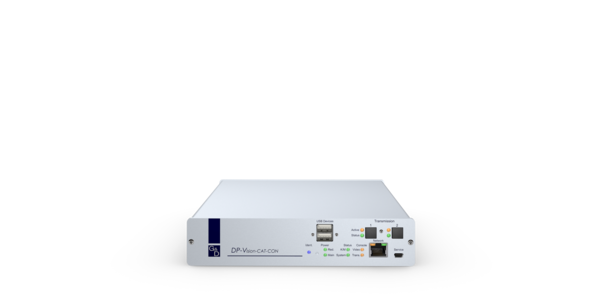
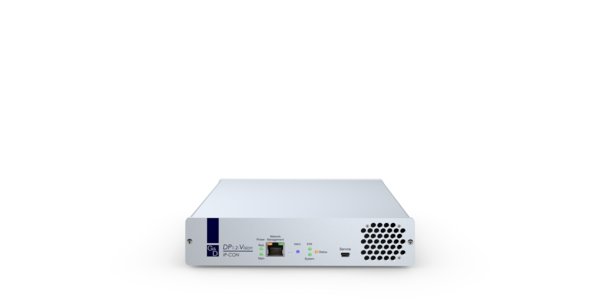

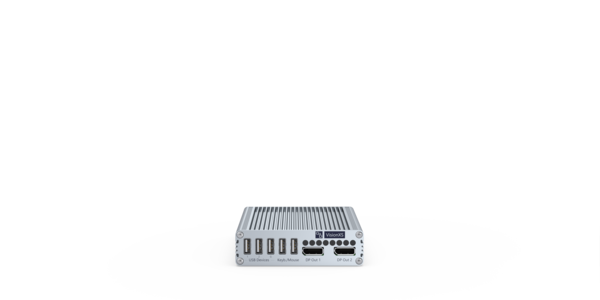
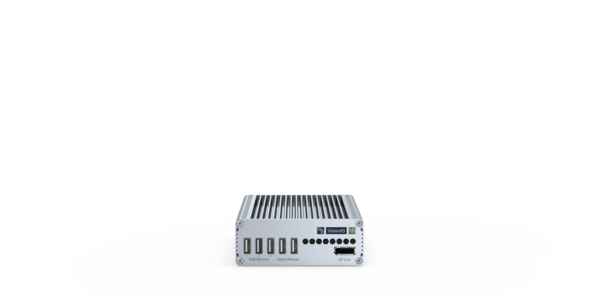
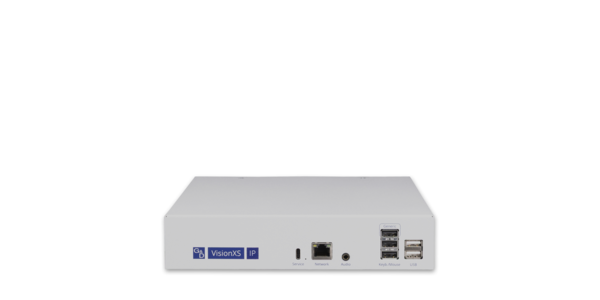
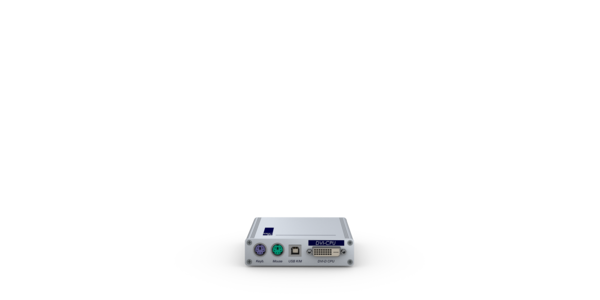
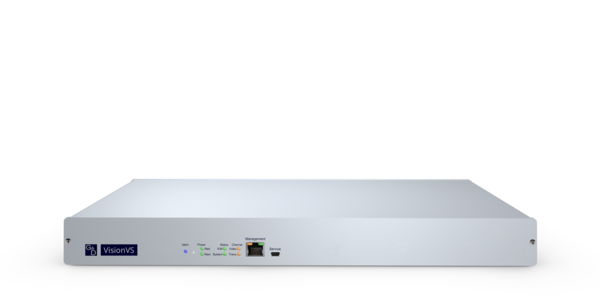

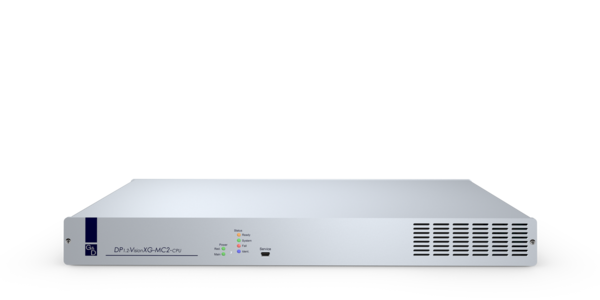
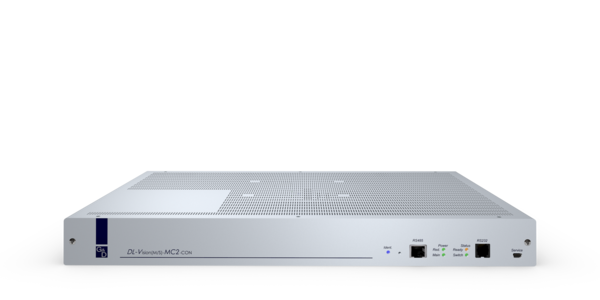
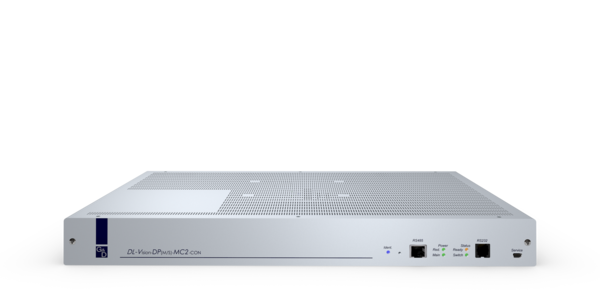
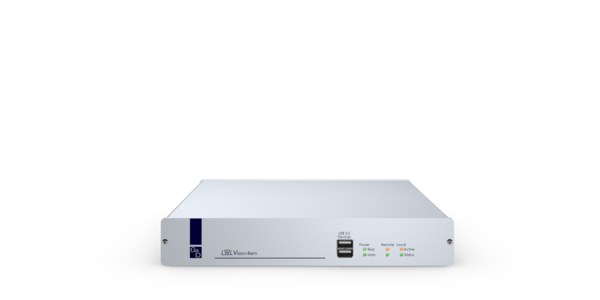
The best way to talk about complex topics is in person. Via chat, e-mail, phone or in a personal demo remote or on-site.
